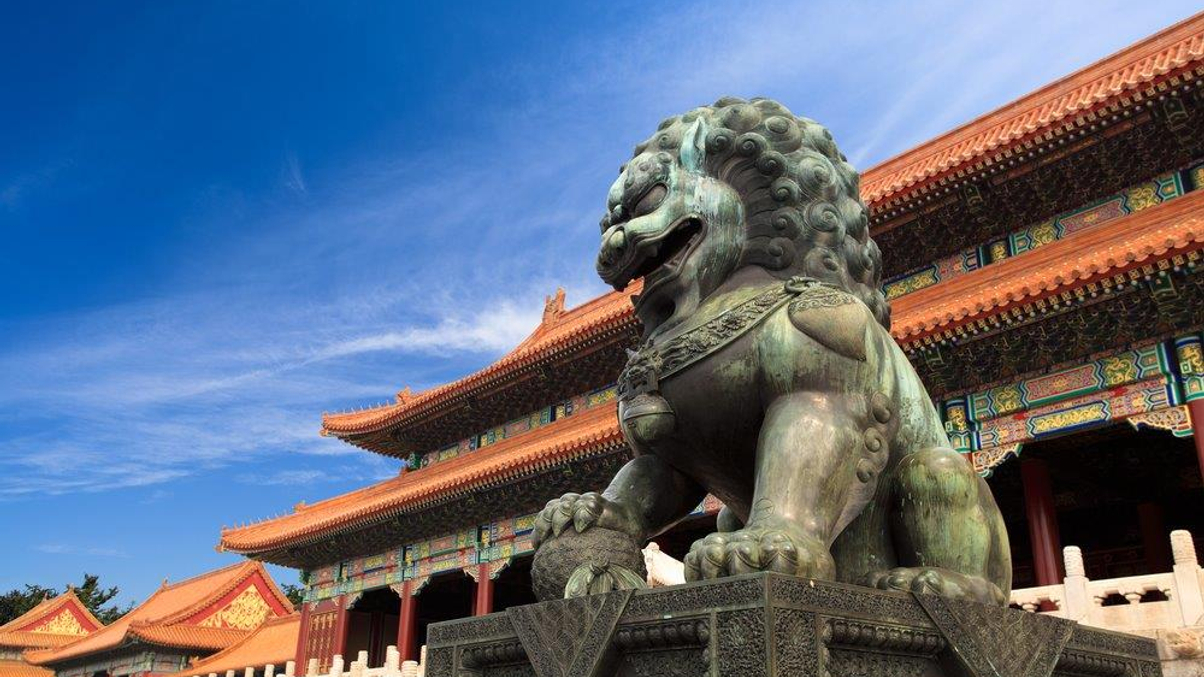AI100: Money market funds help China set pace in 2017
Tianhong Asset Management’s huge, Alipay-linked money market fund helped drive China's sizzling AUM increase, though regulatory pressures may stifle 2018 growth.

Assets under management at Chinese fund houses posted the fastest growth in Asia last year and accounted for the largest share of the overall regional pie, turbo-boosted by lucrative links to online payment platforms, AsianInvestor’s newest AI100 survey shows.
Sign In to Your Account
Access Exclusive AsianInvestor Content!
Please sign in to your subscription to unlock full access to our premium AI resources.
Free Registration & 7-Day Trial
Register now to enjoy a 7-day free trial—no registration fees required. Click the link to get started.
Note: This free trial is a one-time offer.
¬ Haymarket Media Limited. All rights reserved.


